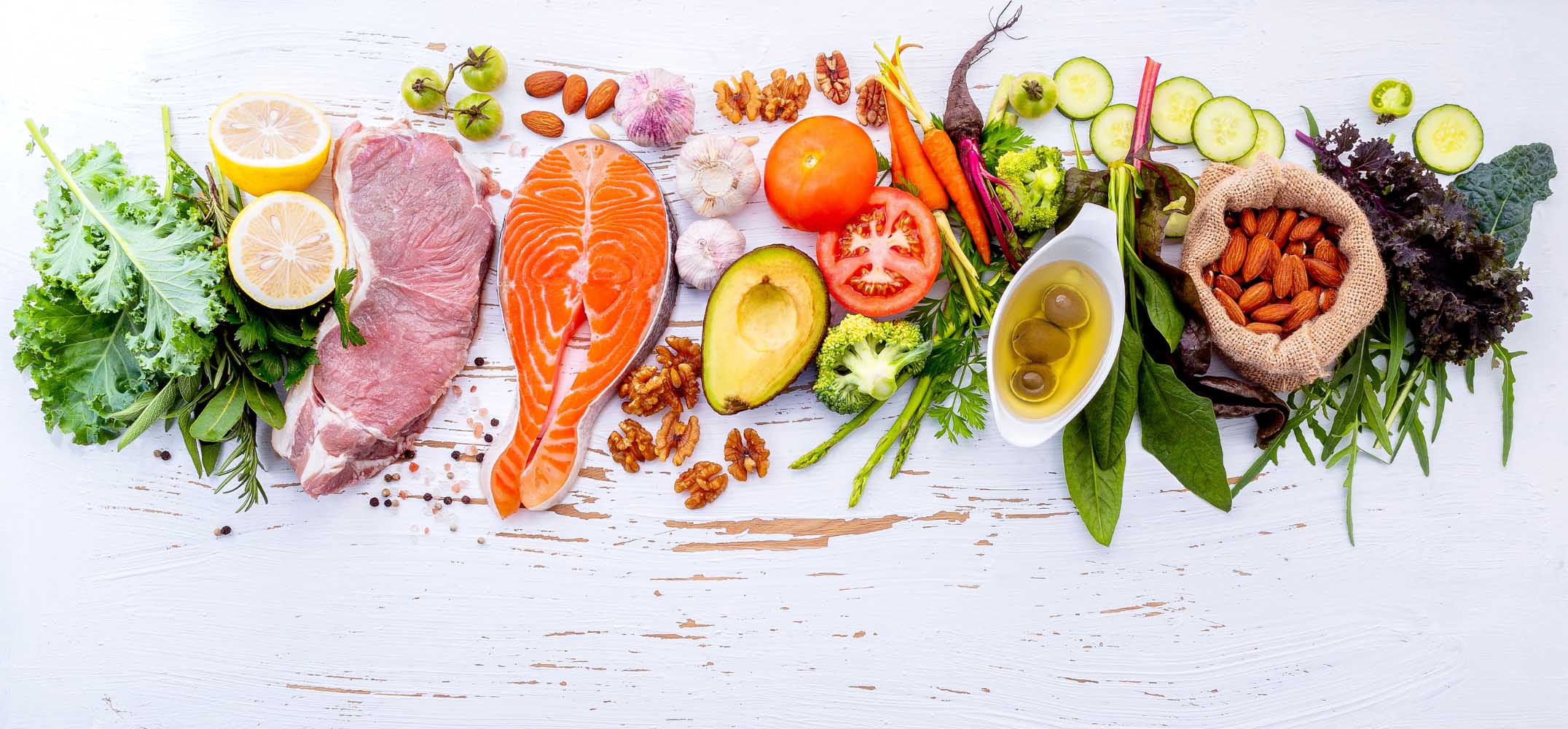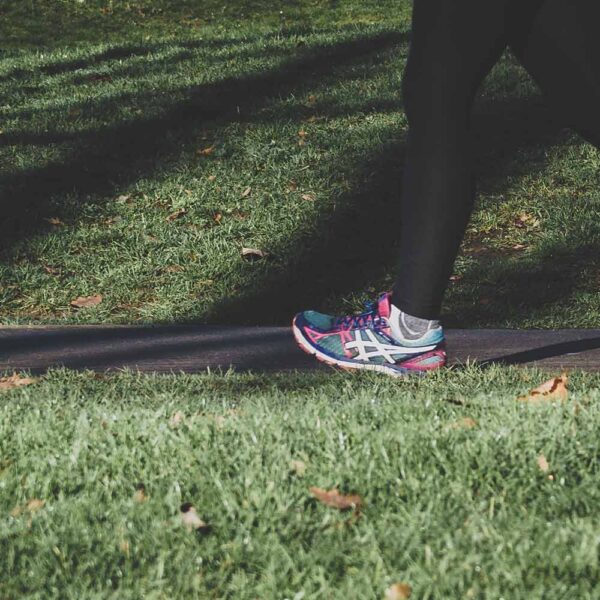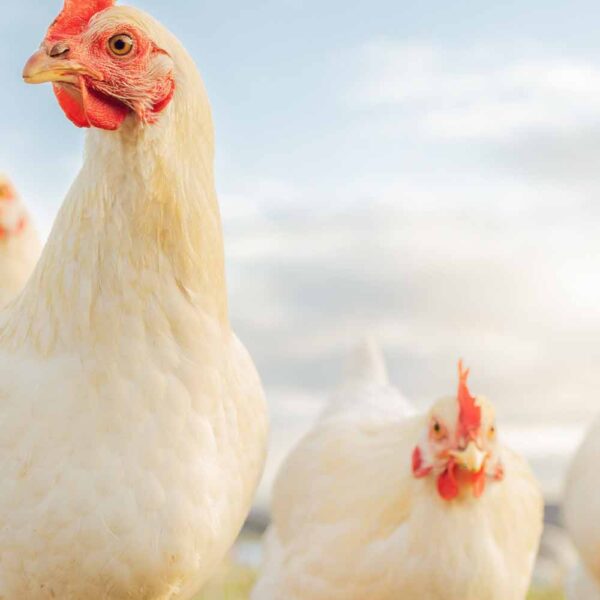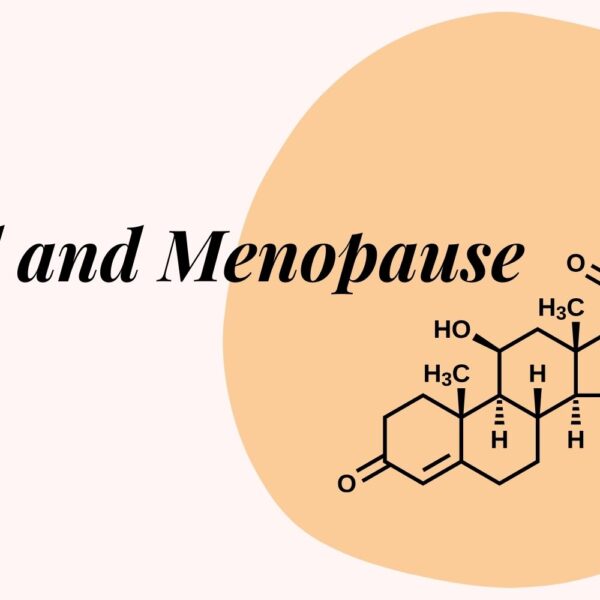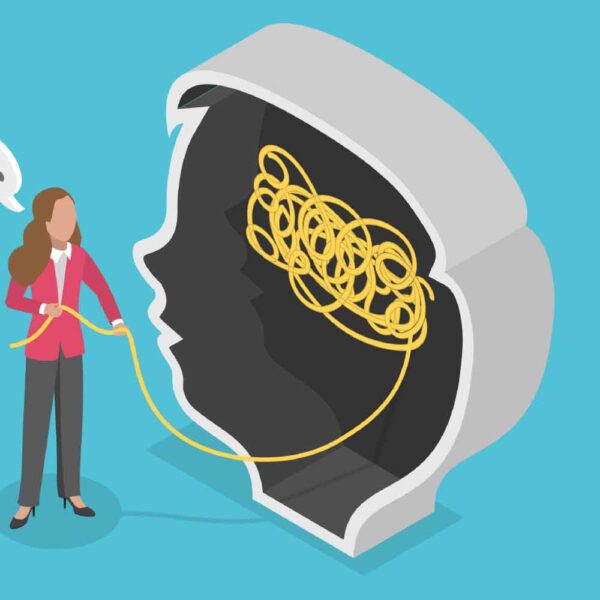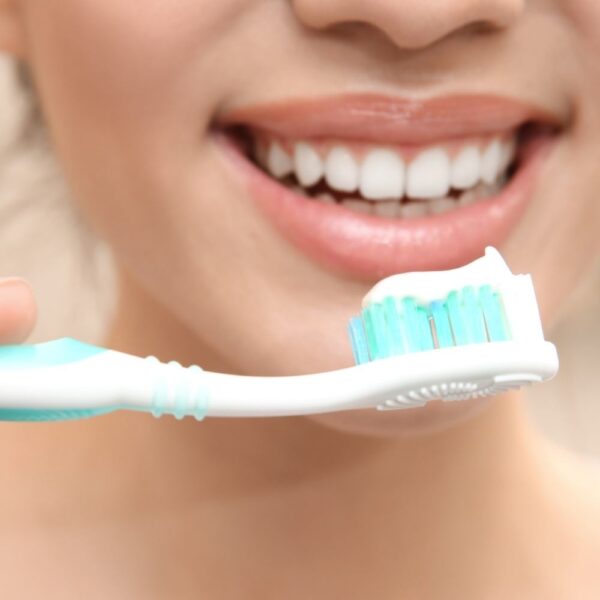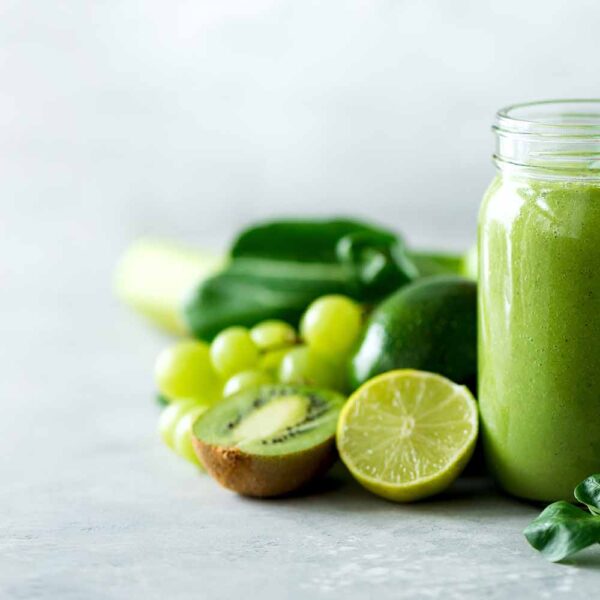So, you’ve taken the plunge into the world of keto, but those food cravings are creeping up on you. Don’t worry – you’re not alone! It’s perfectly normal to experience cravings when transitioning from a carb-heavy diet to a healthy keto one. Let’s dive into why these cravings happen and, more importantly, how to tackle them.
First things first, cravings are triggered by various factors. It can be nutrient deficiencies, stress, lack of sleep, or even those pesky blood sugar levels playing tricks on you. But the most common culprit? Glucose. Initially, your body is still in the “glucose groove” and hasn’t quite figured out this whole ketone thing yet. So it sends your brain signals for carbs because, well, that’s what it knows.
The good news is that these cravings won’t stick around forever. Typically, it takes about a week or two (sometimes a tad longer) for your body to fully adapt to using ketones (a.k.a. fat) as its primary fuel source. The good news is that once you’ve made that switch, those cravings vanish into thin air. Until then, though, let’s arm you with some strategies to keep those cravings in check:
- Embrace Fat and Protein: Fat and protein are your keto superheroes. Fat is a cornerstone of the keto diet, and protein helps stabilize your blood sugar levels and keeps you feeling full. Don’t skimp on these macronutrients, especially when starting out. Keep some high-fat and high-protein snacks on hand to beat those cravings.
- Regular Eating Times: Consistency is key! Make sure you’re eating at least three meals a day and toss in a snack or two if needed. This helps maintain steady blood sugar levels, keeping cravings at bay.
- Sleep Your Cravings Away: A good night’s sleep is a fantastic craving antidote. Inadequate sleep messes with your hunger hormones, making you crave sugary delights. So make sleep a priority, and you’ll thank yourself in the morning.
- Keto-Friendly Alternatives: If you’re yearning for a specific treat, like brownies or cookies, fear not! There’s a world of keto-friendly recipes out there. They often swap wheat flour for nut-based flour and use sugar alternatives like erythritol or monk fruit. You can have your keto cake (or cookie) and eat it too.
- Nutrient Check: Sometimes, cravings are your body’s way of saying, “Hey, I need something specific!” For example, magnesium deficiency might lead to chocolate cravings. Listen to your body and try to read the genuine cravings amongst the bad.
- Stress Less: Stress can send your eating habits into a whirlwind. Combat it with stress management techniques like yoga, meditation, or simply taking a calming walk. Sometimes, a bit of self-care can do wonders.
Feeling snacky? Swap out those potato chips for crispy pork rinds. Instead of cheese and crackers, go for cheese with olives or celery. And if trail mix is calling your name, opt for a nut mix without the dried fruit.
Remember, cravings are just temporary bumps on your keto journey. With a little patience and these tips, you’ll be cruising along smoothly toward your keto goals in no time. Keep calm and keto on!

